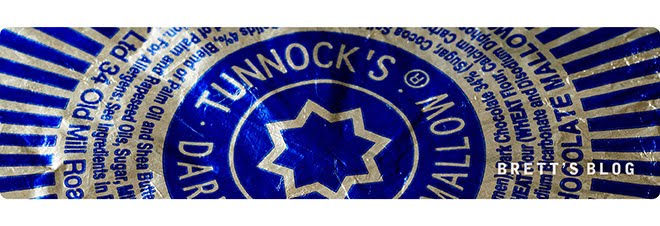
Last week, the final Western Union telegram was sent... probably by someone who wanted to be the last person to ever send a Western Union telegram.
Baron Pavel Lvovitch Schilling (1780-1836), a Russian diplomat in Germany, was the inventor of the telegraph, consisting of a single needle system in which a code was used to indicate the characters. The very first line of the electromagnetic telegraph was set up in Schilling's apartment. In 1832, Schilling demonstrated the transmission of signals by positioning two telegraphs of his invention - his telegraph said to be the first electromagnetic telegraph in the world - in two different rooms of his apartment. Schilling was the first to put into practice the idea of the binary system of signal transmission.
The first commercial electrical telegraph was constructed by Sir Charles Wheatstone and Sir William Fothergill Cooke and entered use on the Great Western Railway. It ran for 13 miles from Paddington station to West Drayton and came into operation on April 9, 1839. It was patented in the United Kingdom in 1837.
Samuel Finley Breeze Morse was a professional artist. Educated at Phillip’s Academy at Andover, he graduated from Yale in 1810 and he lived in England from 1811 to 1815, exhibiting at the Royal Academy in 1813. He spent the next ten years as an itinerant artist with a particular interest in portraiture. He returned to America in 1832 having been appointed Professor of Painting and Sculpture at the University of the City of New York. It was on this homeward voyage that he overheard a shipboard discussion on electromagnets.
Morse’s decision to change his career path was possibly due in part to his failure in 1836 to secure a commission to paint the Rotunda of the Capitol building, a commission he had expected. He did not entirely lose contact with his art, being President of the National Academy of Design from 1826 to 1845.
Morse's real achievement was in developing both a telegraph machine, and an appropriate 'language' to use with it. The first message sent by the electric telegraph was "What hath God wrought" (taken from the last line of Numbers 23:23), from the Supreme Court Room in the Capitol to the railway depot at Baltimore on May 24th 1844.
The Western Union company formed in April 1856 to exploit the technology of the telegraph to send cross-country messages in less than a day, rather than the weeks or months that it took when sending them by mail.
Telegraph operators were an elite breed; fluent in transcribing text into the series of dots and dashes that were transmitted from one telegraph machine to another, and of course visa-versa. A good telegraphist could transmit 40 to 50 words per minute. They are the first people documented to suffer from repetitive strain injury.
Telegrams reached their peak popularity in the 1920s and 1930s when it was cheaper to send a telegram than to make a long distance telephone call. People would save money by using the word 'STOP' instead of full-stops to end sentences because punctuation was extra while the four character word was free.
Telegrams were used to announce the first flight in 1903 and the start of World War I. During World War II, the sight of a Western Union courier was feared because the War Department, the precursor to the Department of Defense, used the company to notify families of the death of their loved ones serving in the military.
There are still many companies that will send telegrams, not because they are quicker or more convenient, but because of their historical associations of announcing important events. In the UK 100th, 105th birthday (and every birthday after that) and 60th, 65th, 70th wedding anniversary (and every wedding anniversary... ok, you get the idea...) telegrams can be arranged by writing to:
Chief Clerk, PSO, Buckingham Palace, SW1
or by download of a form from
www.royal.gov.uk/output/page615.asp
but remember, "no sooner than three weeks before the date on which it is required, enclosing as 'proof' a birth certificate or a marriage certificate as appropriate. If the marriage took place abroad, up to six weeks should be allowed".
Fascinating fact to throw into a lagging conversation: Morse used his easel as the armature of the first telegraph apparatus he built.
------------

No comments:
Post a Comment